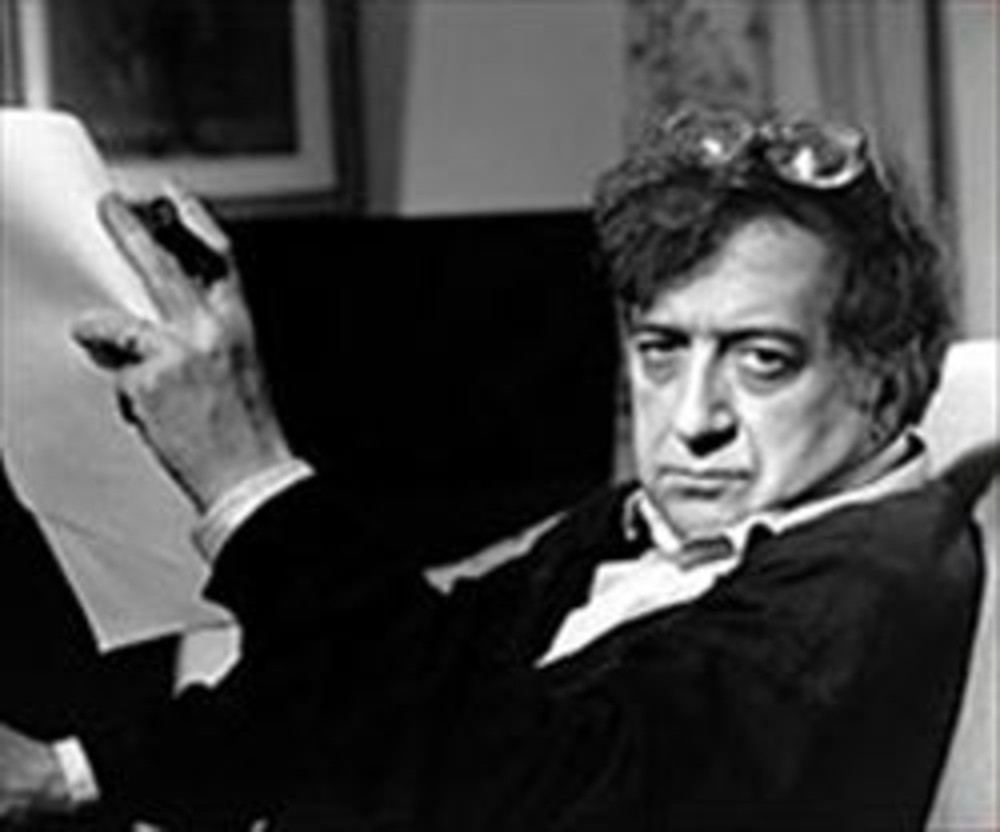This is not your everyday good-night prayer.
While the beginning and end of Prayer by Sergiu Natra are open and reflective as you might expect a prayer to be, there’s an underlying tension from the very first note. This tension starts with some tight chromatic clusters, and it spreads throughout the piece, building more complex rhythms and insistent dynamics as it goes on. By the peak of the piece it’s developed into a powerful force with a strong energy that erupts after this extended build. It’s clear this prayer comes from deep within, and it uncovers some raw emotion while maintaining a sacred conversation.
This is also not your average harp solo.
Something I enjoy particularly about playing the harp is how versatile it is. While a common perception of the harp is that it’s heavenly and pretty (I can’t deny it’s particularly good at heavenly and pretty), I’ve found that has so much more to offer. The harp can also be strong, energetic, mesmerizing, spooky, and even biting at times! (I just watched the TV show Lost for the first time, and if you’re looking for some spooky harp notes, look no further!) I love to challenge these perceptions and find repertoire that uses the full emotional range of the harp. This piece beautifully shows that versatility between its gentle melodic lines and strong, punchy chords that will knock you flat on your back!
Sergiu Natra was a prolific composer, but he is perhaps best known in the harp world, having written over 30 pieces that include the harp. He even wrote one children’s play scored for 10 pedal harps, 5 Irish harps, and percussion! As a harpist I appreciate his music so much because it’s clear that he knew the instrument well, and that he understood how to get the sounds he wanted out of it. His writing feels so natural to play… not to say that it’s easy!
I love taking liberties with this piece, finding just the right sound for special harmonies, and feeling emotionally spent by the end of a performance. Tune in to our Virtual concert on March 14th to hear the full piece!
This performance is in memory of Sergiu Natra who passed away last month, on February 23rd, 2021.
-Caitlin Mehrtens




